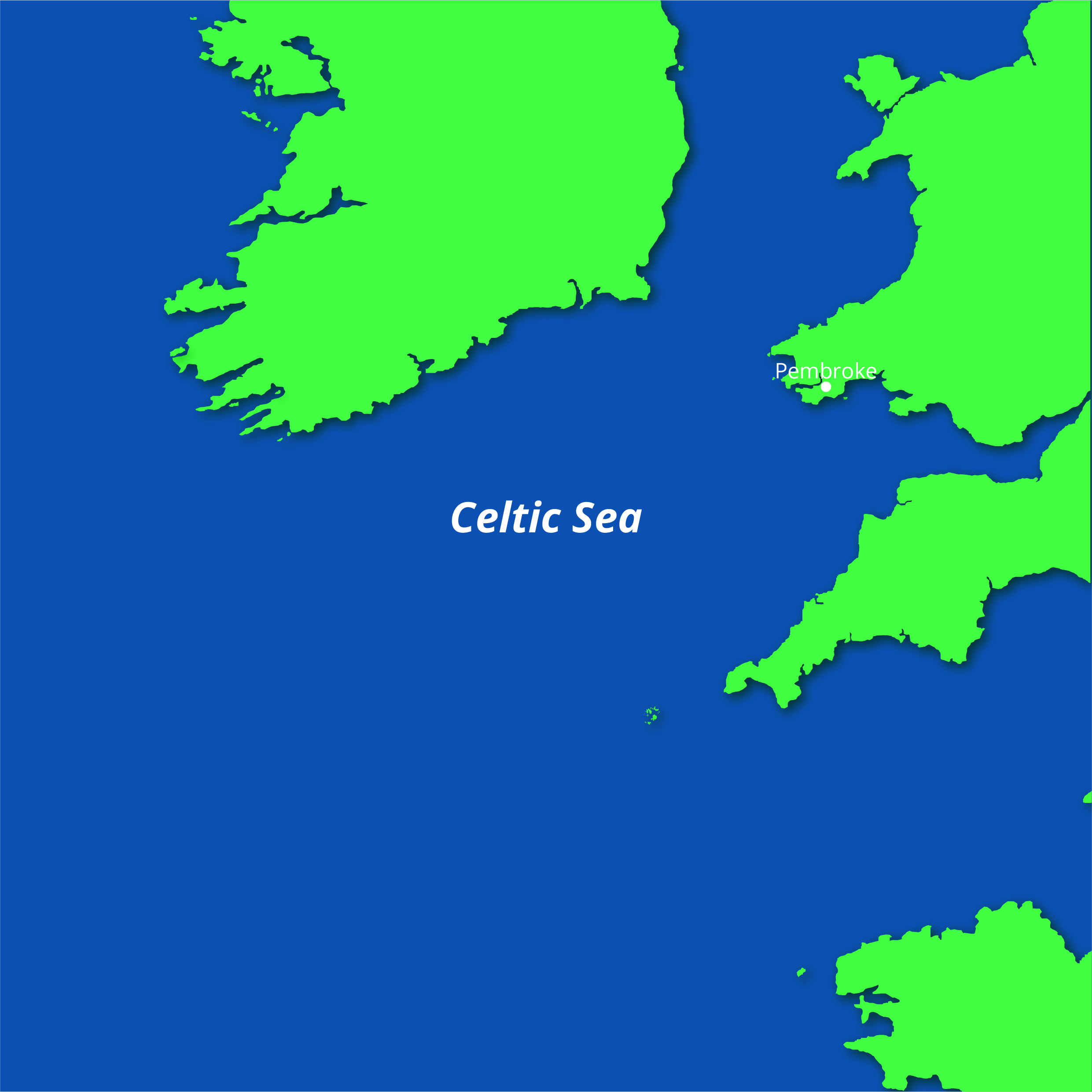
The two have submitted an application to the Crown Estate for the initial project, dubbed Erebus.
They plan to use Principle Power’s Windfloat technology, first deployed off Portugal in 2011.
According to the Offshore Renewable Energy Catapult, the Celtic sea could support up to 50GW of offshore capacity, which would support thousands of jobs in Wales and Cornwall.
Patrick Pouyanné, chairman & CEO of the oil supermajor, said the deal “confirms Total’s ambition to contribute to the development of renewable energy worldwide.”
He said Total would bring to bear its offshore operations and maintenance expertise to the project, as well as the financial capability floating offshore wind will require to scale over the coming decade.
Simply Blue Energy managing director, Sam Roch-Perks, said the company is “delighted” to partner with Total.
“Together we will progress the first stepping-stone projects that will allow the local supply chain to build up their capabilities to help deliver the larger projects that will be developed for the 2030s,” he said.
“It is like being in Aberdeen in the 1960s, except from Pembroke we look out onto a sea that can deliver wind energy, helping the UK reach its 2050 net zero target”.
The Celtic Sea lies to the south of Wales to the north of Devon and Cornwall. It stretches as far west as Ireland and south to the coast of Brittany.
Floating wind turbines could ultimately compete with standard offshore turbines, because they can be constructed on land and towed out to deep waters, reducing installation challenges.
The approach could also help avoid some of the problems that have affected offshore wind farms, such as grouting issues which have led to movement issues within foundation connections.
However, Christoph Harwood, director of policy & strategy at Simply Blue Energy, was reluctant to say whether floating wind would ever be cheaper than its fixed equivalent.
“You avoid some issues, but then you have to wrestle with others,” he told The Energyst. “We are a project developer rather than a technology developer, but Principle Power has been addressing those issues for some time now.”
Harwood believes floating wind could be “cost competitive” in the 2030s.
“We think the 2030s will be big for floating wind in the Celtic Sea. There are some real benefits in diversification [of GB offshore wind resource] and from spreading the supply chain benefit. There is a lot of wind out there,” he said. “We aim to capture it and bring it in to the grid.”
For now, the company has to work through its planning applications and obtain consent from the Crown Estate. However, it has secured a grid connection in Pembrokeshire and has already undertaken bird surveys.
Should all go to plan, the venture aims to bid for a contract for difference “between 2023 and 2025”. From there, the aim is to build out the supply chain with a series of “stepping stone” projects in order to progress to gigawatts in the 2030s, added Harwood.
Related stories:
Aurora: Offshore wind spend must double to hit 40GW target
SSE: 40GW of offshore wind won’t be a walk in the park
Government awards 5.5GW of new offshore wind at £40/MWh
Lift cap on offshore wind, says SSE
“You’re bonkers if you think we’ll build offshore wind subsidy-free”
Grout expectations: Robin Rigg test case could have major implications
Click here to see if you qualify for a free subscription to the print magazine, or to renew.
Follow us at @EnergystMedia. For regular bulletins, sign up for the free newsletter.
Source: theenergyst.com





